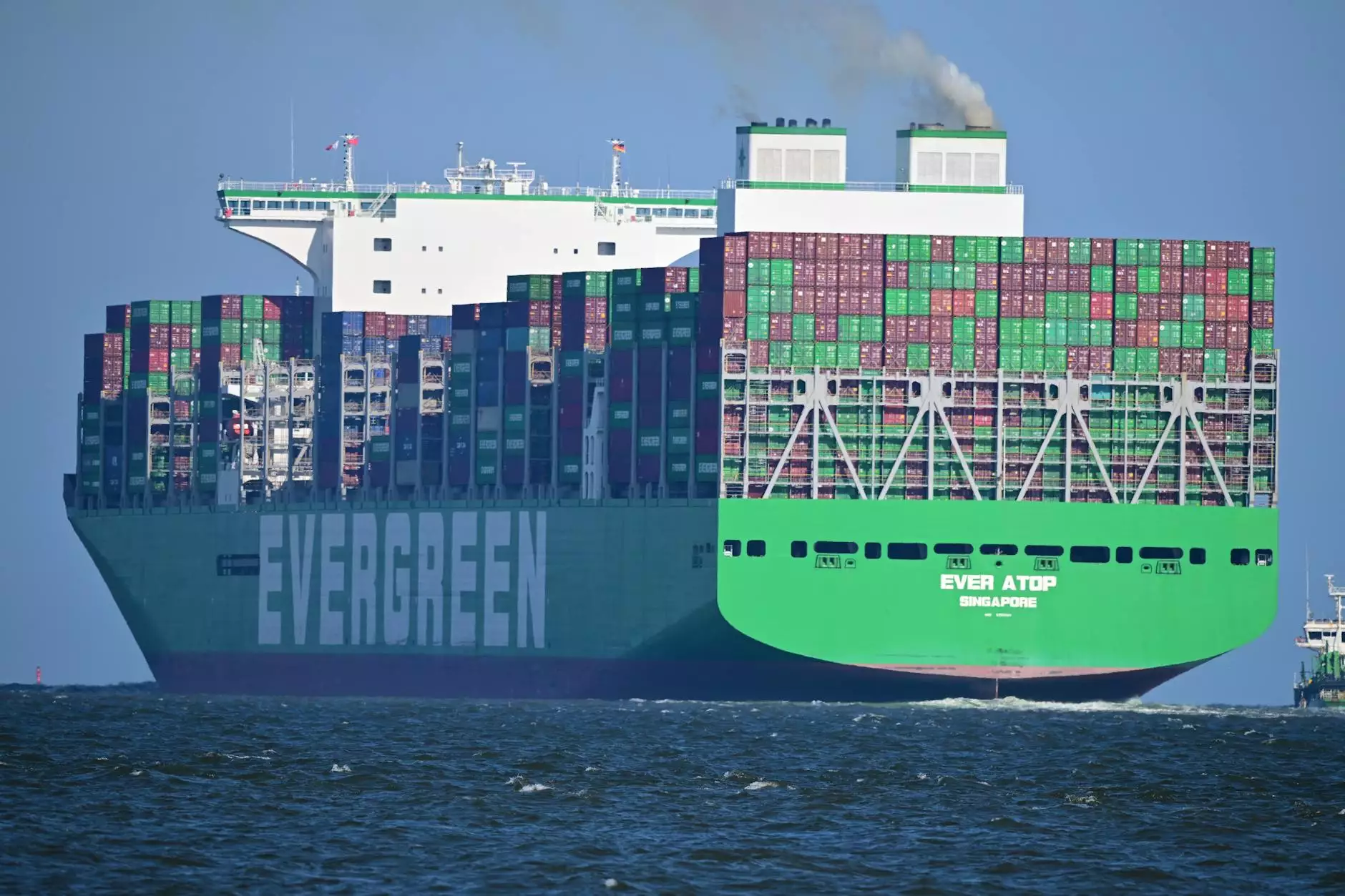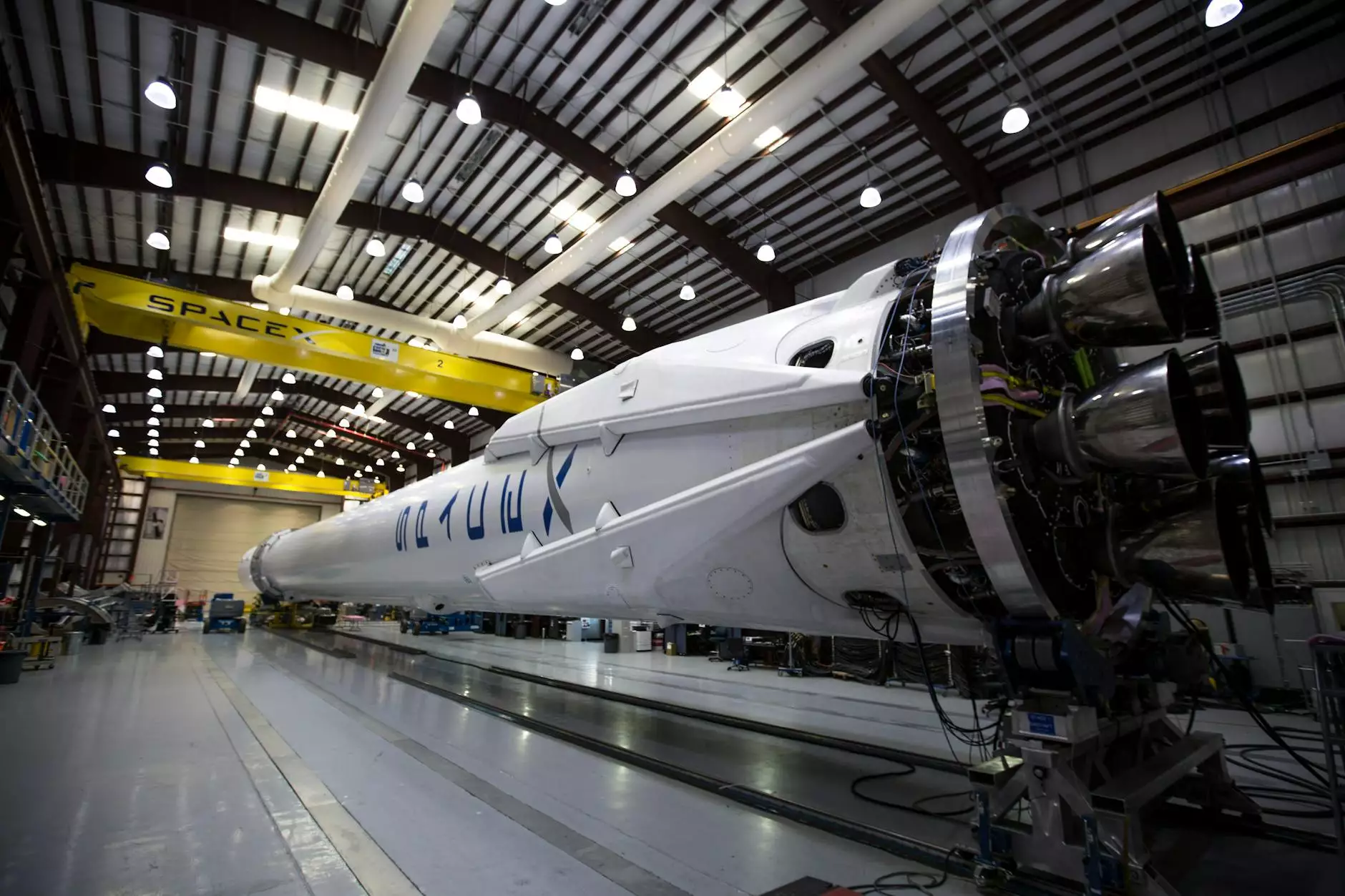Understanding Air Cargo Costs: Cost Per KG Explained

In the dynamic world of logistics and transportation, air cargo has emerged as a leading method for shipping goods quickly and efficiently. As global trade continues to expand, understanding the air cargo cost per kg becomes crucial for businesses looking to optimize their shipping operations. This comprehensive article aims to illuminate various aspects of air cargo pricing, helping you make informed decisions that impact your bottom line.
The Importance of Air Cargo
Air cargo plays a vital role in international trade by enabling the fast movement of goods over long distances. Businesses across various sectors rely on air freight for:
- Speed: Air cargo is significantly faster than sea freight, making it ideal for urgent shipments.
- Global Reach: Access to remote and international markets is streamlined, promoting global trade.
- Safety: High-value goods often benefit from the secure environment that air transport provides.
Given these advantages, understanding how costs are calculated is pivotal for companies engaged in air freight shipping.
Factors Influencing Air Cargo Cost Per KG
The air cargo cost per kg is influenced by several crucial factors that businesses must consider while planning shipments:
1. Weight and Volume
Airlines charge based on the greater of the actual weight or dimensional weight. Dimensional weight is calculated using the formula:
Dimensional Weight (kg) = (Length x Width x Height) / 5000
Understanding this can help in optimal packaging and minimize costs.
2. Distance and Route
The distance between origin and destination significantly affects the cost. Longer routes may incur additional fuel surcharges, while direct flights can be more cost-effective.
3. Type of Cargo
Different types of goods can have varying shipping costs due to their nature. For example:
- Perishable Items: Need expedited shipping due to their short shelf life.
- Hazardous Materials: Require special handling and are subject to additional fees.
4. Seasonal Demand
Shipping costs can fluctuate based on seasonal demand. For instance, during peak holiday seasons, increased demand can drive prices higher.
5. Additional Services
Accessorial charges for services like insurance, customs clearance, and packaging can also add to the total cost.
Understanding the Cost Breakdown
A practical approach to analyzing the air cargo cost per kg involves breaking down the expenses associated with each shipment. Here’s a generalized breakdown:
- Base Rate: The foundational cost depending on the weight and distance.
- Fuel Surcharge: Costs fluctuate with changes in fuel prices.
- Security Fees: Compliance with international security regulations incurs specific charges.
- Handling Fees: Associated with loading and unloading cargo at airports.
- Customs Duties and Taxes: Charges that vary based on the destination country.
How to Optimize Your Air Cargo Expenses
To maintain competitive pricing and enhance profitability, businesses should adopt several strategies for optimizing their air cargo costs:
1. Choose the Right Carrier
Not all air cargo carriers are created equal. Compare services, costs, and reliability before settling on a partner. Consider carriers that specialize in your type of cargo as they often provide tailored solutions at competitive rates.
2. Streamline Shipping Routes
Evaluate your shipping routes for efficiency. Direct flights may reduce transit times and costs while avoiding additional fees associated with layovers.
3. Optimize Packaging
Efficient packaging not only protects your goods but can also help keep the weight and dimensions in check, impacting overall air cargo cost per kg.
4. Consolidate Shipments
Combining smaller shipments into one larger shipment can lead to reduced costs per kilogram, as many airlines offer discounted rates for consolidated cargo.
5. Consider Alternate Shipping Methods
If time allows, evaluate whether less urgent shipments could be sent via more economical methods like sea freight, which would yield savings on costs.
Future Trends in Air Cargo Pricing
The air cargo industry is constantly evolving. Key trends shaping the industry include:
1. Technology Integration
Advancements in technology enable better tracking and management of cargo, leading to improved operational efficiency and potentially lower costs.
2. Sustainability Initiatives
As companies become more environmentally conscious, air freight providers are exploring more sustainable practices, which may influence pricing models going forward.
3. Changing Regulations
Global trade agreements and regulations are subject to change, which can have direct implications for shipping costs. Keeping abreast of these changes is essential for businesses.
Conclusion
Understanding the air cargo cost per kg is essential for businesses looking to optimize their shipping procedures. With various factors influencing pricing, it's crucial to analyze and adapt your shipping strategies accordingly. By implementing the optimal practices laid out in this article, businesses can not only save money but also enhance operational efficiency, ultimately creating a competitive edge in the increasingly complex global marketplace.
As the logistics landscape continues to change, staying informed and flexible will be paramount. For more information and resources, consider visiting cargobooking.aero, your go-to platform for all things related to air cargo logistics.









